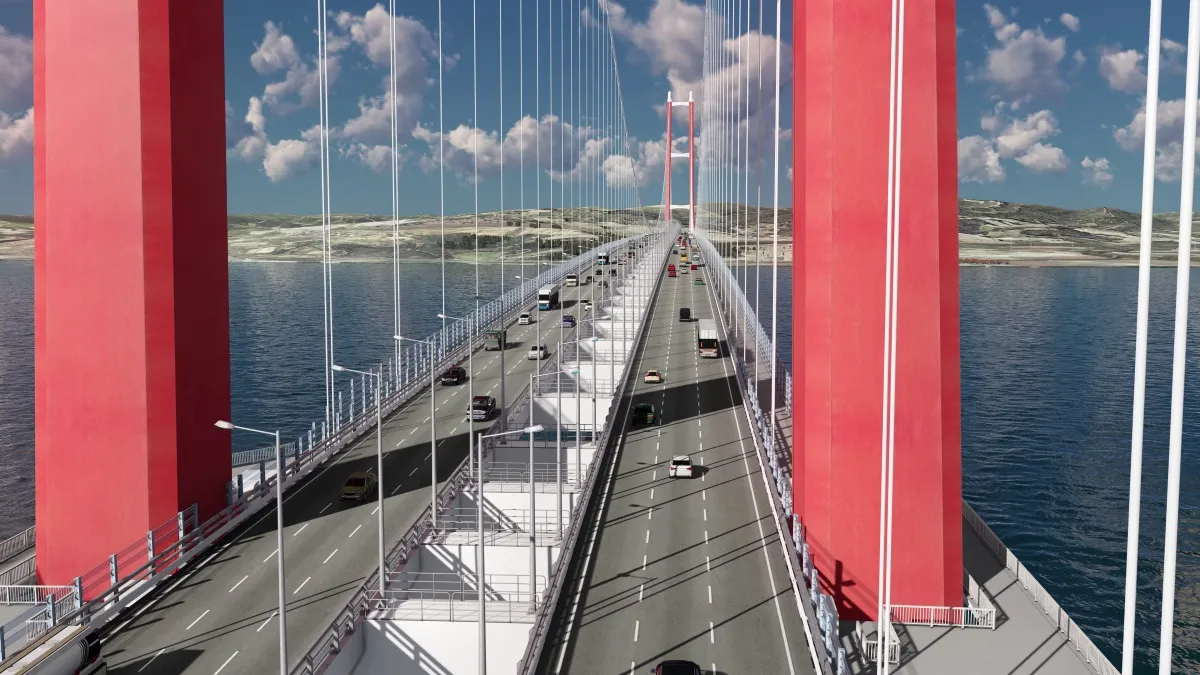Wavetronix is using ITS America to showcase its league of hero sensors and the challenging traffic problems they face. Many of these problems are truly wicked, from the diabolically dangerous wrong-way driver to the dastardly dilemma of inefficient intersections. Recent exploits even include an Oregon DOT project selected as a 2015 Best of ITS America Awards finalist.
“Disguised as a mild-mannered white box, SmartSensors keep a watchful eye on the world’s traffic,” says Michael R. Kline, the Americas regio
June 1, 2015
Read time: 2 mins

“Disguised as a mild-mannered white box, SmartSensors keep a watchful eye on the world’s traffic,” says Michael R. Kline, the Americas regional business development director at Wavetronix. “There’s SmartSensor HD’s true high definition, dual-beam radar; SmartSensor Advance’s dynamic, ETA-based dilemma zone protection; and SmartSensor Matrix’s Radar Vision for true presence detection at intersection stop bars.”
In Texas, SmartSensor HD helps identify wrong way drivers on a 15-mile stretch of Highway 281 near San Antonio, in a system that has reduced wrong way driving events by nearly 30 per cent.
Utah DOT uses SmartSensors Advance and Matrix to measure traffic signal performance to ensure its system of more than 1,100 intersections is operating properly. “UDOT reports only one in four vehicles will encounter a red light today thanks to its unique system,” Kline says. In Oregon, a 7.5-mile, two-to-three lane stretch of the OR 217 freeway was the site of more than 200 vehicle crashes each year. To improve safety, ODOT added lanes and implemented traveller information, queue warning and variable advisory speed systems. The project utilises SmartSensor HD and other detection devices, and is one of this year’s ITS America Awards finalists in the Best New Innovative Product, Service or Application category.
“We’re very proud of the performance of our sensors and the number of drivers we help each day have safe, efficient journeys,” Kline says.









